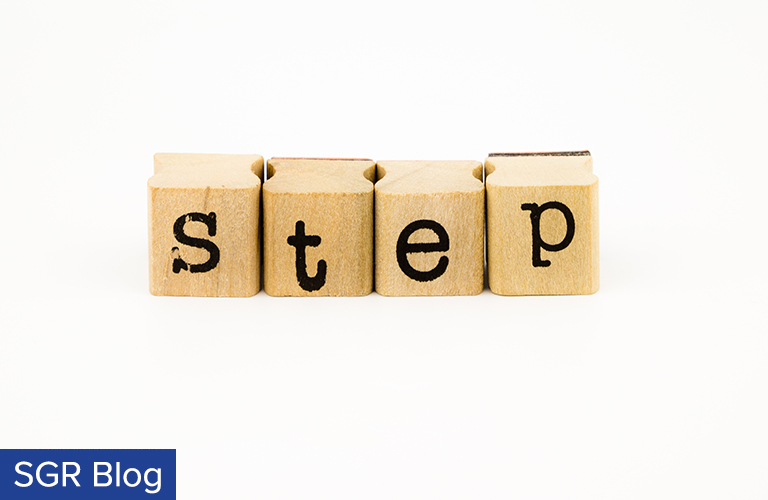
On January 7, 2019, the new guidelines for patent subject eligibility went into effect at the United States Patent and Trademark Office (“USPTO”). These guidelines, titled “2019 Revised Patent Subject Matter Eligibility Guidance” (herein “2019 Guidelines”), were the fifth update issued by the USPTO regarding subject matter eligibility since the Supreme Court’s opinions in the Myriad, Mayo, and Alice cases. As a result of the trio of cases, the USPTO had developed the Alice/Mayo test to determine subject matter eligibility.
The Alice/Mayo test was a two-step test, with Step 1 determining whether the claim is directed to a process, machine, manufacture, or composition of matter, and Step 2 focusing on whether the claim was directed to patent-eligible subject matter through a two-part analysis. Step 2A asked if the claim was directed to a law of nature, a natural phenomenon, or an abstract idea. If the answer was no, then the claim was eligible for patent protection. If the answer was yes, the examiner was then to go to Step 2B, which asked the examiner to determine whether or not the claim recited additional elements that amounted to significantly more than the judicial exception.
After four years of the Alice/Mayo test, the USPTO acknowledged its application caused uncertainty in subject matter eligibility determinations under 35 U.S.C. §101, as well as prevented applicants from reliably and predictably determining what is and what is not eligible patent subject matter. The 2019 Guidelines, in an attempt to address these shortcomings, converted Step 2A into a two-prong analysis: (1) whether the claim recites a judicial exception; and (2) whether a recited judicial exception is integrated into a practical application.
While the first prong of Step 2A does not seem too different from the initial 2A analysis, the 2019 Guidelines have provided some guidance as to what qualifies as an abstract idea through the creation of three (3) groupings: (1) mathematical concepts; (2) methods of organizing human activity; and (3) mental processes.[1] The 2019 Guidelines give examples of each. However, no such groupings were provided for natural phenomenon or laws of nature. If the answer is no for the first prong, then the claim is directed to eligible subject matter, and no additional analysis is needed. If the answer is yes, the examiner must determine whether the judicial exception is integrated into a practical application.
The analysis in the second prong of the 2019 Guidelines requires the examiner to determine whether the claim as a whole integrates the exception into a practical application. “A claim that integrates a judicial exception into a practical application will apply, rely on, or use the judicial exception in a manner that imposes a meaningful limit on the judicial exception, such that the claim is more than a drafting effort designed to monopolize the judicial exception”. The analysis includes looking at the additional elements in the claims beyond the judicial exception and evaluating them to determine whether they integrate the exception into a practical application. The guidelines give some examples of what passes as integration and what does not, based upon Supreme Court and Federal Circuit precedent. In addition, the second prong borrows elements from prior Step 2B, but does not consider all of its factors in the analysis. If the examiner determines that the judicial exception has been integrated into a practical application, then the claims survive the Alice/Mayo test, and Step 2B does not need to be considered. If the answer is no for the second prong of Step 2A, then the analysis goes on to Step 2B, which has not been changed.
While the 2019 Guidelines attempt to provide some predictability to the subject matter eligibility analysis, we won’t know its impact until well into 2019. The changes do seem to provide applicants with more solidified arguments for patentability, but the 2019 Guidelines do seem to supply examiners with means to apply their analyses in the same unpredictable manners. For example, while the second prong of Step 2A has been given examples of practical applications, it provides several examples of non-practical applications. The key seems to be how the examiner will construe the claim to match with the examples given. Regardless, applicants should make sure that their specifications provide support for practical applications of their inventions.
[1] The 2019 Guidelines do allow an Examiner to determine a claim is directed at an abstract idea if it does not fall within the groupings, but the Guidelines acknowledge they will be rare instances of such.

